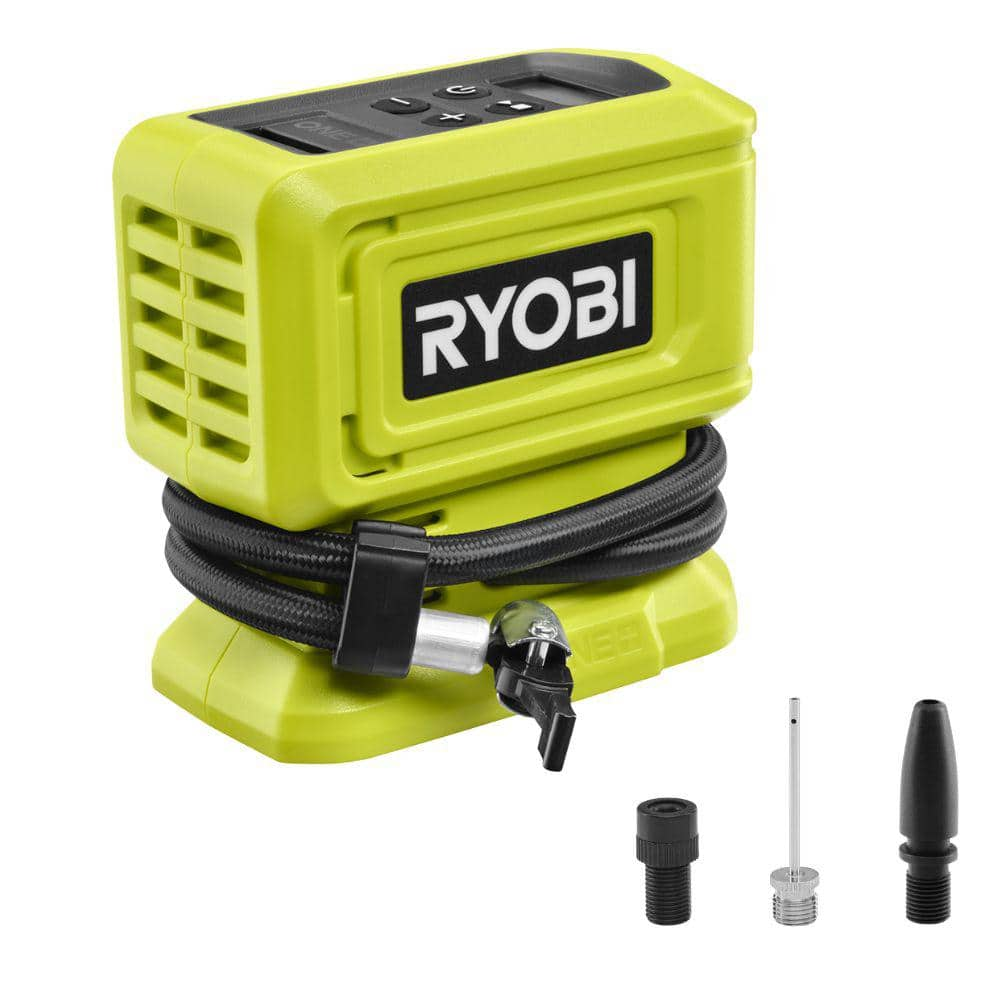spokewrench
Well-Known Member
- Region
- USA
I bought this one 10 months ago to bring me home in case of a flat. I liked it so much that I quit using my compressor with the 25-foot hose.Which air pump are you going to buy?
My experience with them is that while they are great in the shop and in your car, they aren't exactly optimal for airing up a flat tire along a road. Especially if you have higher-volume tires.
When it was new, I tested it on a 20 x 3.3. I think it took about 5 minutes from 0 to 30 PSI. To test the battery capacity, I'd unscrew the core, put it back in, and reinflate. I think I did it 14 times, and the battery indicator was down by a third.
A pump absorbs heat as it compresses air, and overheating can kill a pump. I was worried when this one quit during my test. I'd read that it has thermal protection. It worked fine after a gave it a few minutes to cool.
If you put 50 psi in a 2" tire and get a hiss while pulling the chuck off, you don't know how much pressure is left. I bought a longer hose so I could lay the pump on the ground and a clip-on ball chuck for trouble free connections. Nowadays, when you buy a ball chuck you don't know what you're getting. I bought another, then another. The third one sealed beautifully but sometimes didn't go on far enough to open the Schrader valve. I used wet sandpaper to take 200 micrometers off the rubber washer. Success at last!
Well, there is one nuisance. The hose unscrews to make it compact for travel. If I don't make sure it's screwed tight, I may discover it's loose when the gauge shows leakage.
Last edited:


